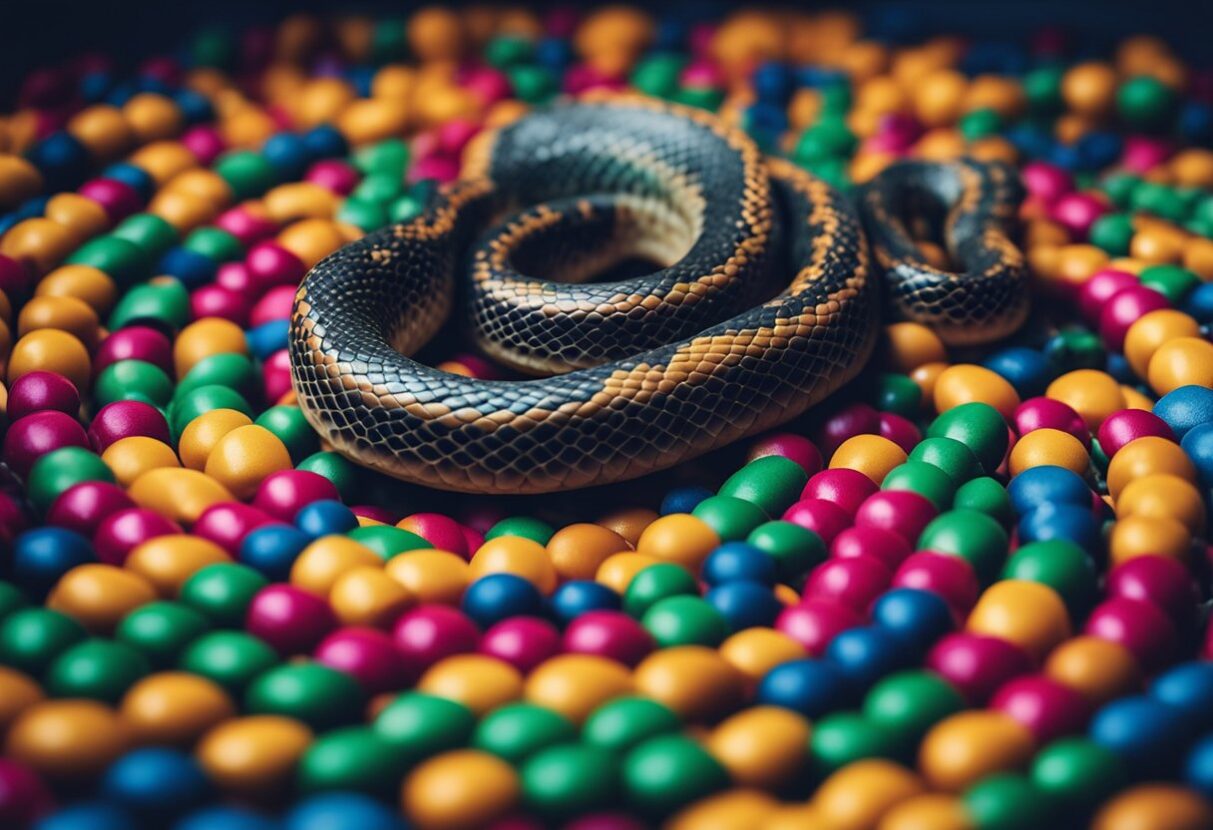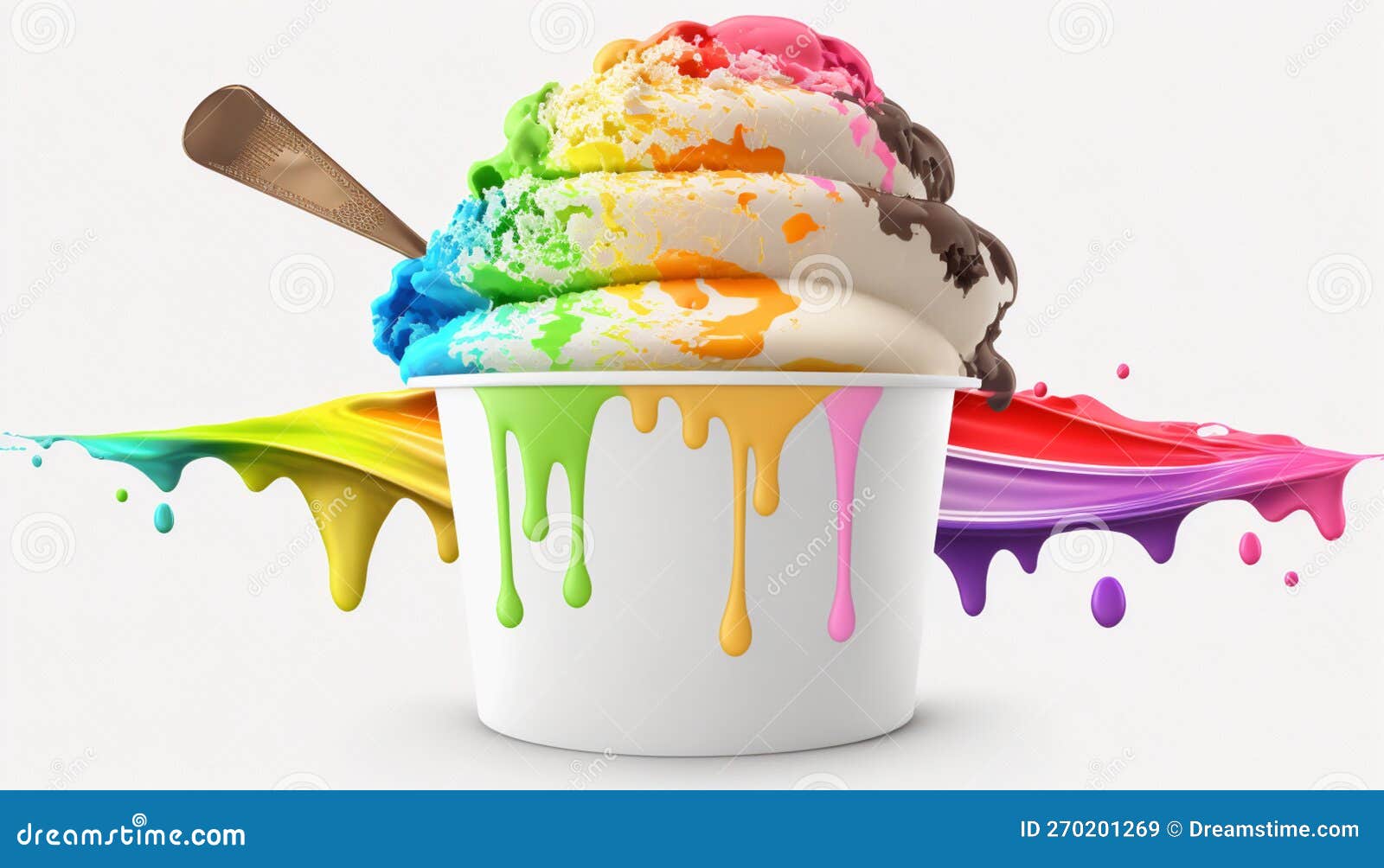The Cultural Impact of “Shakes the Clown”

Released in 1991, “Shakes the Clown” is a cult classic that has left an indelible mark on the independent film scene and the representation of clowns in media. The film, directed by Bobcat Goldthwait, is a darkly comedic exploration of the life of a struggling clown who grapples with societal alienation, addiction, and the pursuit of self-expression. Its unconventional approach and raw portrayal of the darker side of clown culture have sparked critical discussions about the nature of comedy and the complexities of human experience.
The Film’s Impact on the Independent Film Scene
“Shakes the Clown” is considered a significant contribution to the independent film scene, showcasing the power of independent filmmaking to explore unconventional and often taboo subjects. The film’s low budget and unconventional style helped to pave the way for other independent filmmakers who were looking to push the boundaries of traditional filmmaking. Its critical acclaim and cult following cemented its place as a defining film of the independent movement.
The Film’s Influence on the Portrayal of Clowns in Popular Culture
“Shakes the Clown” has had a profound impact on the portrayal of clowns in popular culture. Before the film, clowns were primarily associated with children’s entertainment and amusement. However, “Shakes the Clown” presented a different perspective, exploring the darker side of clown culture and exposing the human struggles beneath the makeup. This shift in representation has been reflected in other films, television shows, and literature, which have increasingly depicted clowns as complex and sometimes disturbing characters.
The Character of Shakes the Clown

Shakes the Clown, the titular character of the film “Shakes the Clown,” is a complex and multifaceted figure who embodies both the humor and the pathos of the clown archetype. He is a struggling comedian who, despite his aspirations, finds himself constantly failing to achieve success. However, Shakes’s character goes beyond the stereotypical portrayal of the clown as a simple jester, delving into the depths of his internal conflict and his struggles with a world that often seems indifferent to his plight.
Shakes’s Unique Personality and Motivations, Shakes the clown
Shakes’s personality is characterized by a blend of desperation, naivety, and a deep-seated longing for recognition. He is a man who desperately wants to be loved and appreciated, but his attempts at humor often fall flat, leaving him feeling isolated and rejected. He is a flawed character, prone to making poor decisions and engaging in self-destructive behaviors, but his underlying humanity and vulnerability make him a compelling and relatable figure.
- Desperation for Success: Shakes’s relentless pursuit of success in the comedy world stems from his desire for validation and acceptance. He believes that achieving success will finally earn him the respect and love he craves. However, his desperation often leads him to make reckless choices that ultimately hinder his progress.
- Naivety and Optimism: Despite his repeated failures, Shakes maintains an optimistic outlook on life. He believes that with enough effort and perseverance, he can overcome his obstacles and achieve his dreams. This naivety, while endearing, also contributes to his inability to recognize the realities of his situation.
- Longing for Connection: Shakes’s desire for connection is evident in his relationships with others. He craves intimacy and friendship, but his inability to express his emotions effectively often leads to misunderstandings and strained relationships. He is a man who desperately wants to be loved, but his own insecurities and flaws make it difficult for him to build lasting connections.
The Significance of Shakes’s Clown Persona
Shakes’s clown persona serves as a shield, a way for him to hide his true feelings and protect himself from the harsh realities of the world. However, this persona also becomes a source of internal conflict, as he struggles to reconcile his clownish facade with his own personal struggles.
“I’m a clown. I’m supposed to make people laugh. But I’m not laughing. I’m not even smiling.” – Shakes the Clown
- A Protective Mechanism: The clown persona allows Shakes to distance himself from his pain and vulnerability. By adopting a comedic persona, he can deflect attention away from his own personal struggles and create a barrier between himself and the world.
- Internal Conflict: The constant need to maintain his clownish facade creates an internal conflict for Shakes. He is torn between his desire to express his true feelings and his fear of being judged or rejected. This conflict manifests in his erratic behavior and his inability to form genuine connections with others.
- A Reflection of Societal Expectations: Shakes’s clown persona also reflects the societal expectations placed on clowns to be funny and entertaining, regardless of their own personal struggles. This pressure to perform, even when he is hurting, contributes to his feelings of isolation and despair.
Shakes’s Character as a Challenge to Traditional Notions of the Clown
Shakes the Clown challenges the traditional notion of the clown as a lighthearted and carefree figure. He is a dark and introspective clown, whose humor is often tinged with sadness and desperation. His character exposes the darker side of the clown archetype, revealing the vulnerability and pain that often lie beneath the surface of their comedic personas.
- A Complex and Multifaceted Character: Shakes’s character goes beyond the stereotypical portrayal of the clown as a simple jester. He is a complex and multifaceted individual with a rich inner life, filled with both humor and pathos. His struggles and vulnerabilities make him a relatable and compelling figure.
- Humor as a Coping Mechanism: Shakes’s humor serves as a coping mechanism for dealing with his pain and frustration. However, his humor is often dark and cynical, reflecting his disillusionment with the world. This darker side of humor challenges the traditional view of the clown as a source of pure joy and entertainment.
- The Role of Humor in Society: Shakes’s character raises questions about the role of humor in society. Is humor always a positive force, or can it be used to mask pain and vulnerability? Shakes’s story suggests that humor can be a double-edged sword, offering both solace and a way to cope with difficult realities.
The Film’s Style and Technique: Shakes The Clown

“Shakes the Clown” is not your typical comedy. It’s a film that embraces a unique visual style and unconventional narrative structure, creating a darkly comedic experience that’s both disturbing and oddly charming. Director Bobcat Goldthwait, known for his offbeat humor, uses a variety of cinematic techniques to convey the film’s distinct tone and message.
Visual Style
The film’s visual style is characterized by its bold use of color, lighting, and camera angles. The palette is often saturated and vibrant, with a heavy reliance on reds, oranges, and yellows. These colors are often used to highlight the film’s more unsettling elements, such as the clown makeup, blood, and violence. The lighting is frequently harsh and dramatic, casting long shadows and creating a sense of unease.
The camera angles are often unconventional, with close-ups on characters’ faces, jarring cuts, and disorienting perspectives. These techniques contribute to the film’s unsettling atmosphere and create a sense of claustrophobia and tension.
Narrative Structure
“Shakes the Clown” is a film that defies conventional narrative structure. The story is fragmented and nonlinear, jumping between different time periods and perspectives. This unconventional approach reflects the film’s chaotic and unpredictable nature. The film’s fragmented narrative also serves to highlight the protagonist’s mental state, as he struggles to cope with the events unfolding around him.
Sound and Music
Sound and music play a crucial role in establishing the film’s distinct atmosphere and enhancing the emotional impact of the story. The film’s soundtrack is a mix of jarring sound effects, unsettling music, and unexpected moments of silence. The use of these elements creates a sense of unease and tension, further amplifying the film’s darkly comedic tone. The soundtrack often utilizes dissonance and jarring sounds to create a sense of unease and amplify the film’s darkly comedic tone. The film’s sound design is particularly noteworthy, with the use of exaggerated sound effects that further contribute to the film’s surreal and unsettling atmosphere.
Shakes the Clown, much like the chaotic energy of Uncle Buck, embodies a comedic archetype of unbridled, often inappropriate, humor. While Uncle Buck’s antics are rooted in family dynamics, Shakes’s brand of humor often delves into the darker, more subversive aspects of society.
However, both characters, in their own ways, offer a reflection on the absurdity of life, reminding us that laughter, even when it’s a little uncomfortable, can be a powerful tool for coping with the world’s complexities. Perhaps this is why both characters, despite their flaws, resonate with audiences who see a little bit of themselves in their chaotic, yet ultimately endearing, personalities.
Uncle Buck , with his unpredictable charm, shares a similar thread with Shakes the Clown, both figures pushing the boundaries of acceptable behavior, leaving us with a chuckle and a thought-provoking question about the nature of humor itself.
The comedic persona of “Shakes the Clown” embodies a raw, unfiltered humor that resonates with a certain demographic, one that might also find themselves drawn to the absurdist antics of Adam Sandler or the uncensored conversations on Joe Rogan’s podcast.
Joe Rogan and Adam Sandler , like Shakes the Clown, push boundaries and challenge societal norms, creating a space for laughter that is both cathartic and unsettling. This shared comedic sensibility, grounded in a willingness to be unapologetically absurd, explains the enduring appeal of Shakes the Clown, a character who continues to resonate with audiences seeking a dose of raw, unfiltered humor.
